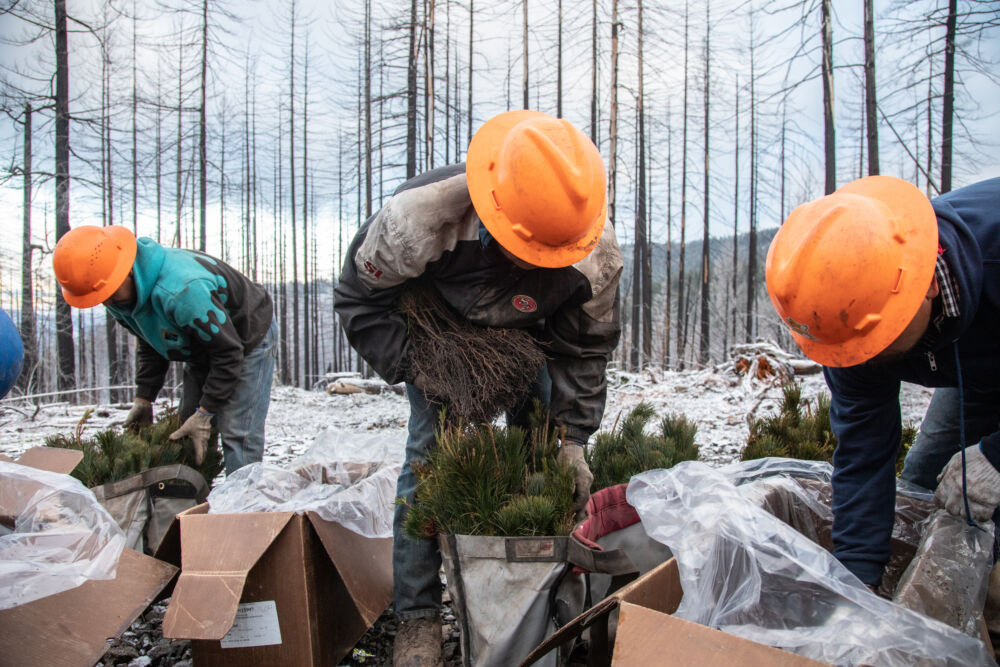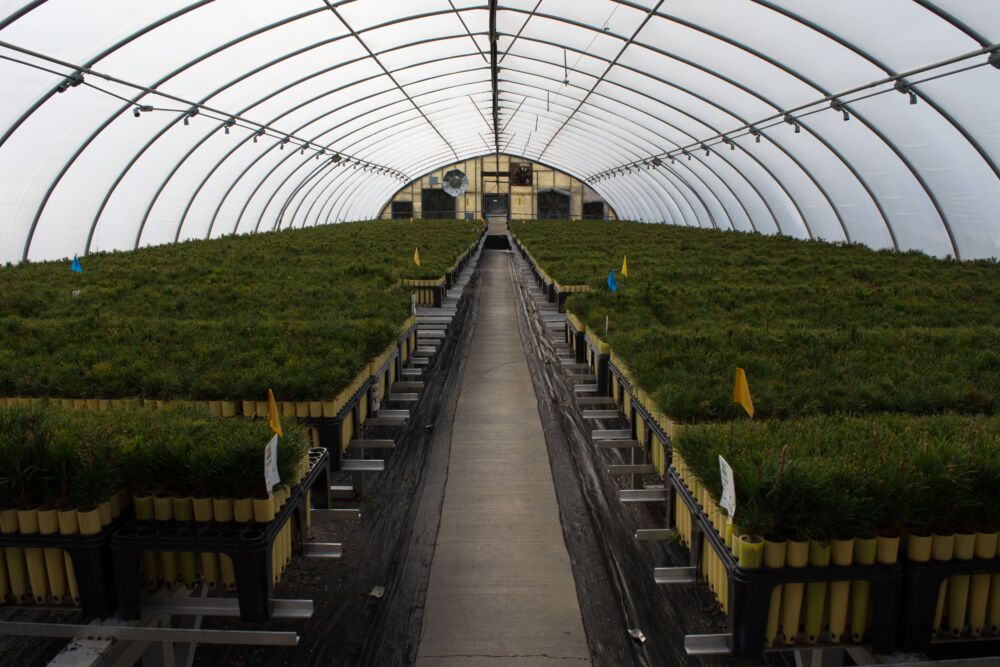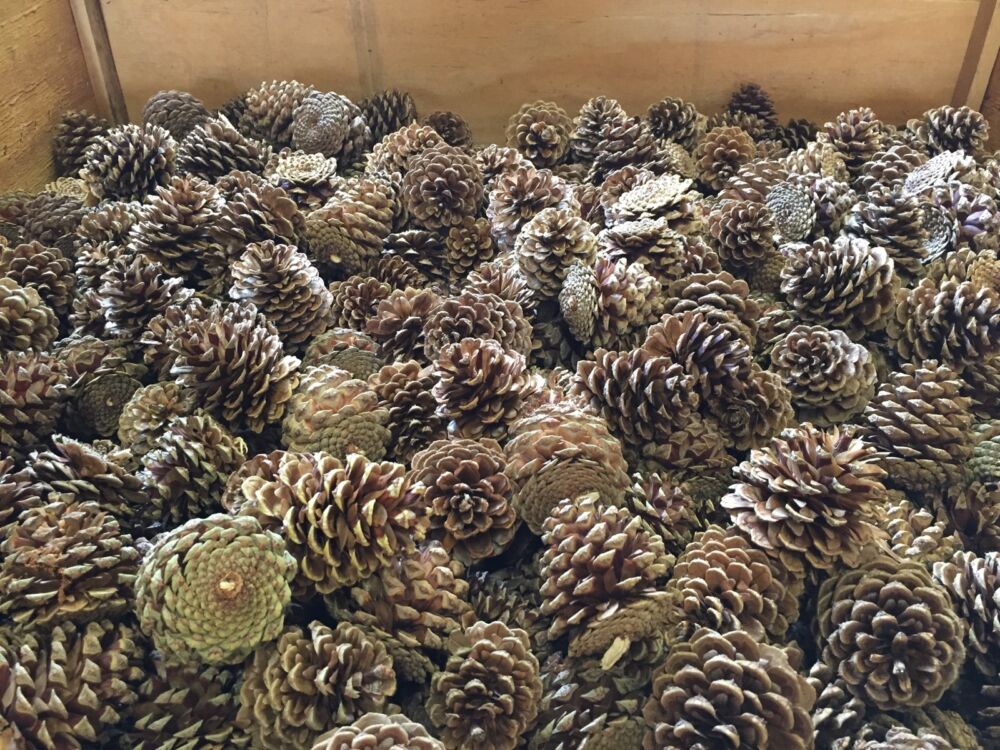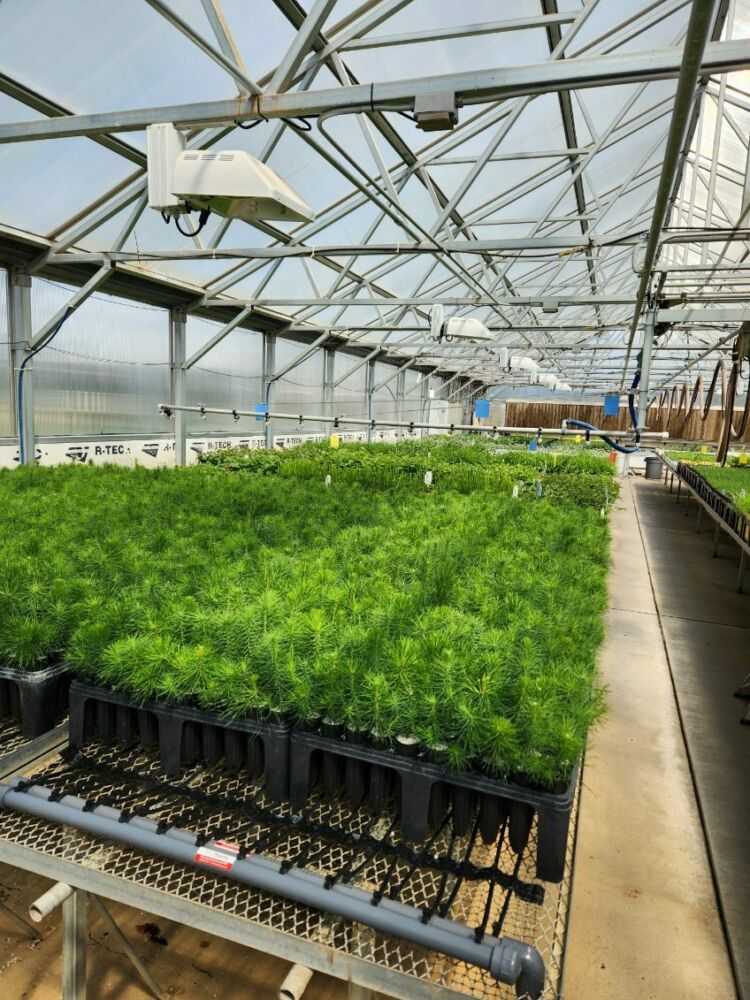The nursery is updating its greenhouses with traveling irrigation booms, high efficiency heaters, and benchtop heating systems. These upgrades will provide targeted watering and heating for enhanced germination and seedling growth that is expected to
increase production by 850,000 seedlings annually – that’s 8.5 million trees over ten years!
Additionally, the new systems are expected to reduce early-stage seedling mortality by 20 percent and
reduce energy consumption by 15 percent and 30-35 percent, for the heaters and benchtop systems, respectively. Reduced energy use will provide financial savings for the nursery that can be better spent on staffing and production costs.
Seedlings cannot grow if nurseries and overall capacity are not supported. Without investments in reforestation capacity, we cannot meet the real and future reforestation needs of National Forests.






